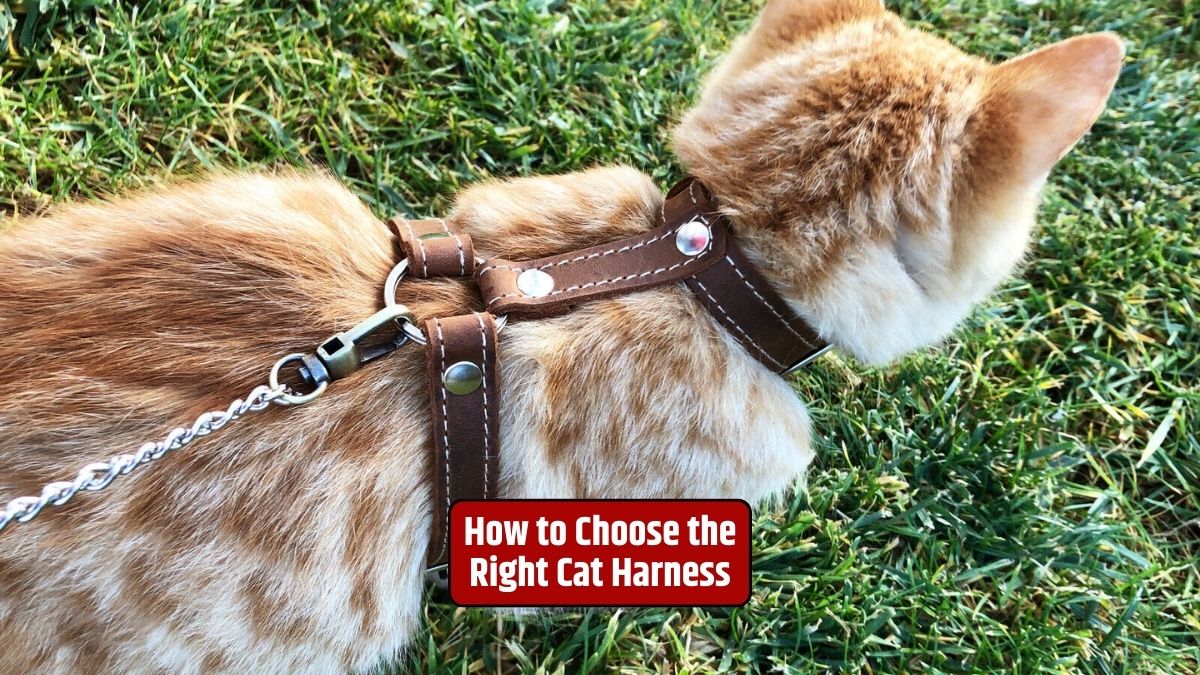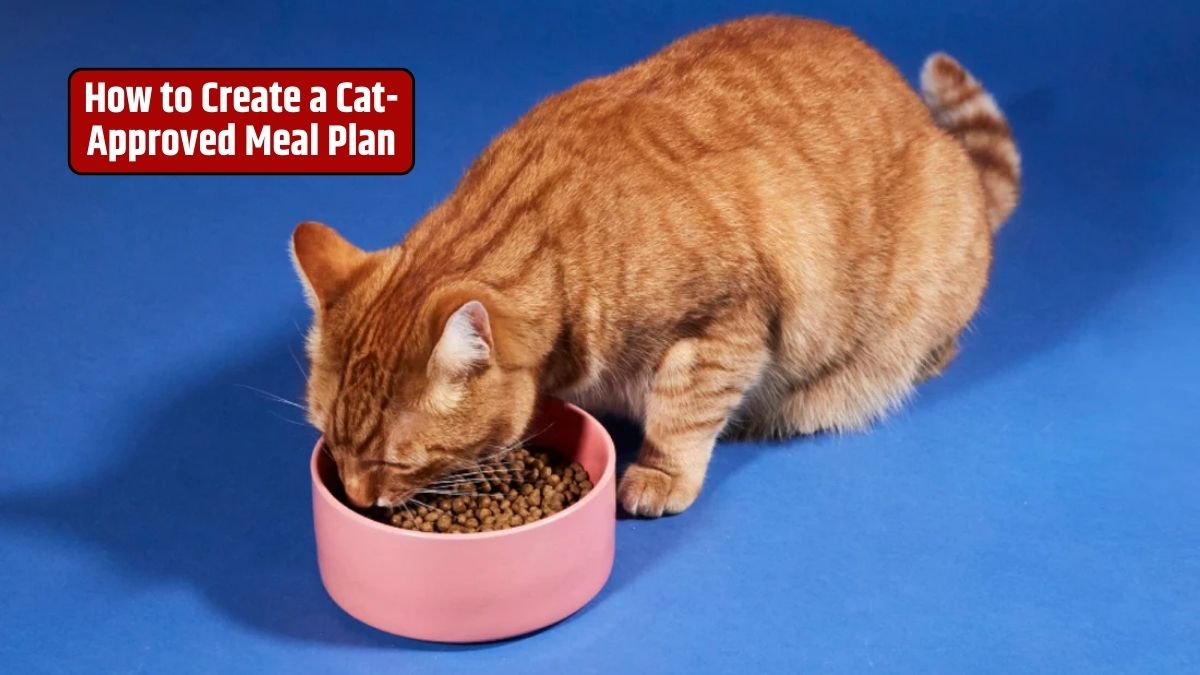Catnip, scientifically known as Nepeta cataria, is a herb that’s no stranger to cat owners. This aromatic plant has a profound impact on our feline friends, eliciting a range of behaviors that can be both amusing and puzzling.
In this article, we’ll explore the world of catnip and dive into the benefits it offers to our beloved cats, as well as its potential drawbacks.
The Basics
Catnip is a member of the mint family, known for its fragrant leaves and white, purple-spotted flowers. It contains a compound called nepetalactone, which is responsible for the intriguing reactions it triggers in cats.
When cats are exposed to catnip, whether through scent or ingestion, it can result in a range of behaviors, including rolling, purring, hyperactivity, and, in some cases, aggression.
Benefits
While catnip’s effects on cats may seem somewhat comical, they can serve essential purposes:
1. Stress Reduction
Catnip can act as a natural stress reliever for cats. In times of anxiety or fear, a sniff of catnip can help calm your feline companion, providing a sense of relaxation and comfort.
2. Mental Stimulation
Catnip is an excellent source of mental stimulation for cats. The excitement and playfulness it induces can break the monotony of a cat’s routine, providing them with mental exercise.
3. Exercise and Play
Engaging with catnip often leads to playful and energetic behaviors, such as chasing, pouncing, and rolling. These activities provide essential physical exercise, keeping your cat healthy and fit.
4. Enrichment
Catnip can be used as a tool for environmental enrichment. Sprinkle it on scratching posts, toys, or inside puzzle feeders to engage your cat’s senses and keep them mentally engaged.
5. Bonding
Using catnip as a part of interactive play or providing it as a treat can enhance the bond between you and your cat. It’s a shared experience that fosters a closer connection.
Drawbacks
While catnip can be beneficial for most cats, it’s important to be aware of a few considerations:
1. Not All Cats Respond
Not all cats are affected by catnip. Sensitivity to catnip is hereditary, and it’s estimated that about 50-75% of cats respond to it.
2. Moderation Is Key
Using catnip in moderation is crucial. Overuse can lead to a cat becoming desensitized to its effects, reducing its effectiveness.
3. Safety Concerns
Ensure that the catnip you provide is free from pesticides or contaminants. Organic or specially formulated catnip is recommended to ensure your cat’s safety.
Conclusion
In conclusion, catnip can be a wonderful addition to your cat’s life, offering a range of benefits from stress reduction to physical exercise and mental stimulation. It’s a tool for enhancing their well-being and strengthening the bond between you and your feline companion.
However, as with any supplement, moderation and safety are key. Keep your cat’s happiness in mind and enjoy the many entertaining moments catnip can bring into your lives.
FAQs
Is catnip safe for all cats?
Catnip is safe for most cats, but not all cats respond to it. It’s best to test your cat’s sensitivity to catnip before incorporating it into their routine.
How often can I give my cat catnip?
Use catnip in moderation. For most cats, a small amount a few times a week is sufficient to achieve the desired effects.
Can catnip be used for training or behavior correction?
Catnip is primarily used for enjoyment and mental stimulation. For training or behavior correction, other methods and treats may be more effective.
What’s the best way to introduce catnip to my cat?
Start with small amounts and observe your cat’s reaction. Sprinkle it on toys or scratching posts or use catnip-infused toys to gauge their interest.
Can catnip be used to calm an overly active cat?
Catnip can have both calming and stimulating effects. While it may provide relaxation for some cats, it can also make others more playful and active.






